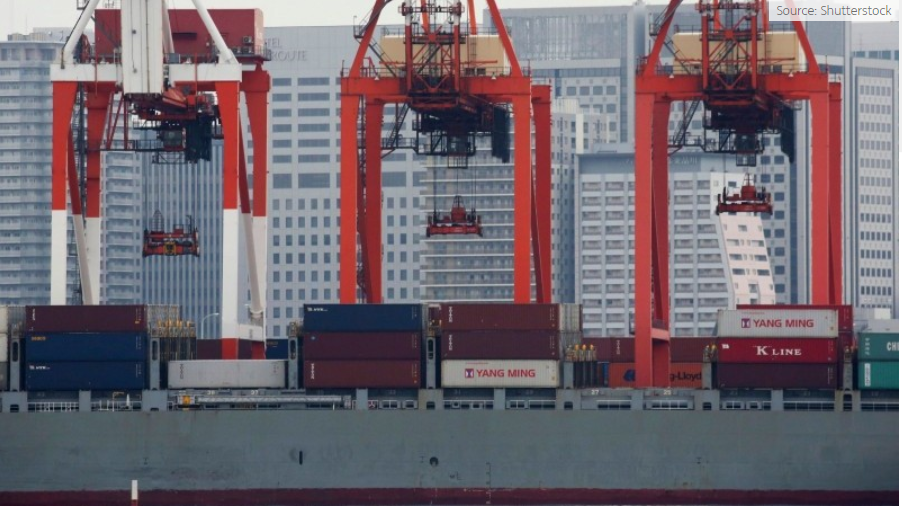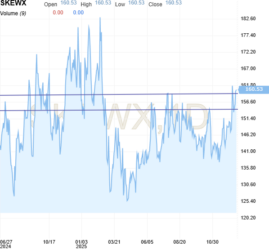Det er spekulation samt forsyningsvanskeligheder, som ligger bag de høje råvarepriser, mener Saxo Bank, og dermed ikke en fysisk efterspørgsel. Kina har formået at dæmpe spekulationernes betydning på en række råvarer.
Market Quick Take
China’s latest attempt to reduce the involvement from speculators in some key markets, has so far been successful when it comes to China-centric commodities such as hot-rolled coil (-24%), steel rebar (-23%) and iron ore (-25%).
Others such as the more internationalized base metals have seen a lower impact. One example being copper which following a shallow 9% correction has managed to consolidate above $4.50/lb. The short-term outlook however remains somewhat murky with support from a weaker dollar and rising threat of strike action in Chile offsetting weaker than expected US home sales.
Speculation and supply shortages, and not actual physical demand have been the primary driver of the commodity rally according to a Bloomberg Economics model.
It found that investors have been betting a strong recovery in the global economy would lift demand sufficiently to justify the elevated commodity levels, thereby supporting the inflation narrative.
Being spot assets that needs to balance supply and demand, a lack of actual physical demand would ultimately send prices lower and with that trigger a sharp reduction in positions held by investors.




